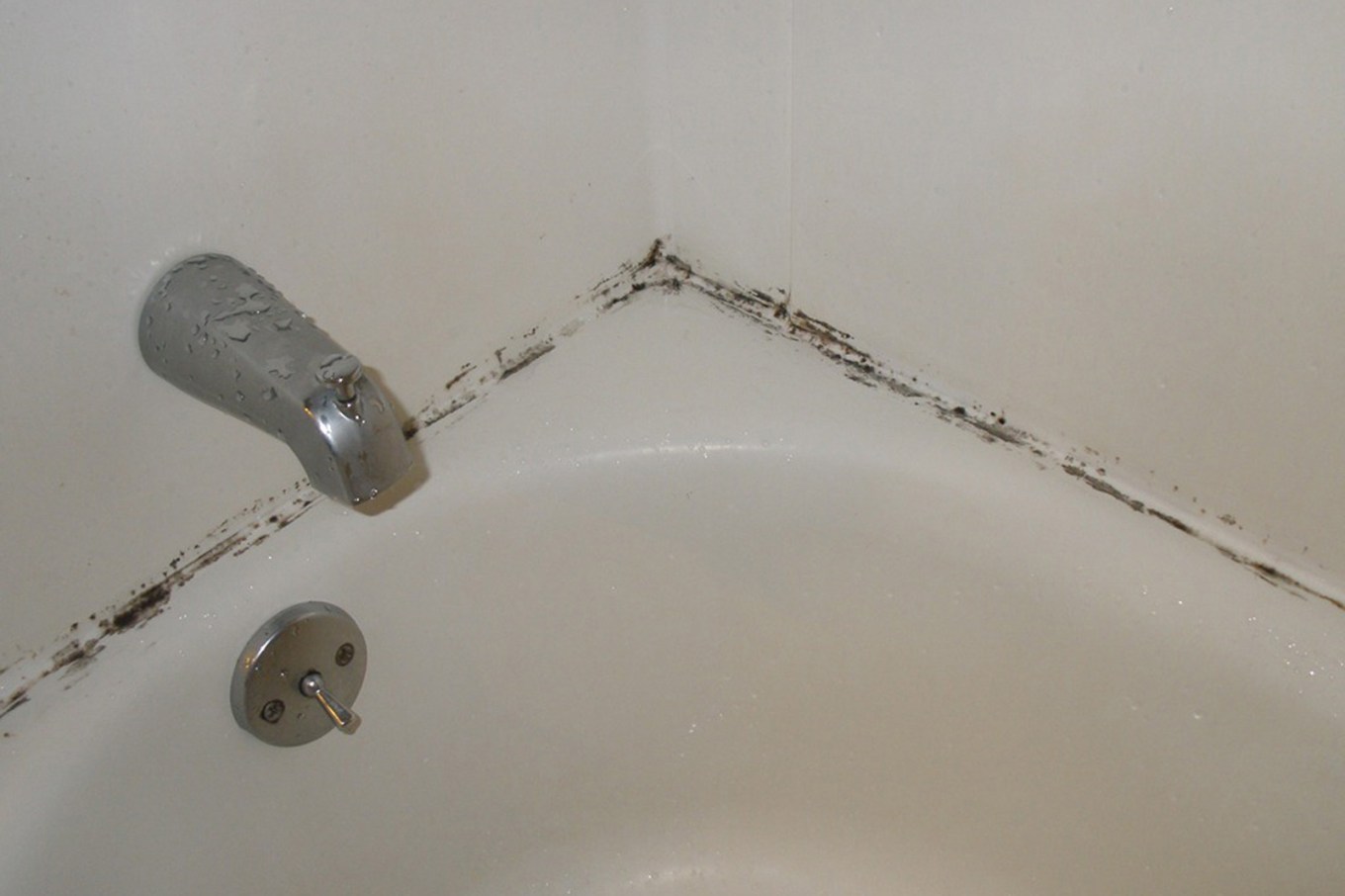If you’ve never experienced bathroom mold, perhaps you aren’t looking deep enough into the corners of your bathroom. It’s one of the most common problems in any house. And it’s also one of the easiest to prevent and cure — as long as you haven’t let it get out of hand.
“Bathroom mold occurs primarily because mold loves damp, dark, isolated spaces,” says Larry Vetter, president of VE Science in Smithtown, N.Y. “Typically, a bathtub, shower, or entire bathroom remains damp enough for mold growth just from showering or bathing.”
Common Causes of Bathroom Mold
- Lingering moisture caused by lack of ventilation
- Leaky toilets, sinks, and plumbing pipes
- Damp cellulose materials such as rugs, paper products, wood, wallpaper, grout, drywall, and fabric
So how do you know if you have a mold problem? “If you can see it or smell it, you’ve got it,” says Matt Cinelli, owner/operator of AERC Removals in North Attleboro, Mass.
Finding the Mold in Your Bathroom
Bathroom mold isn’t always obvious. Check out hidden areas, such as under sinks, access doors to shower, and bath fixtures; around exhaust fans; and even in crawl spaces and basements underneath bathrooms.
“It could be starting in the bathroom but actually forming in another room,” says Cinelli, adding that lack of proper ventilation is the biggest culprit for mold growth.
Preventing Mold
The best defense is preventing mold from occurring in the first place. Yashira Feliciano, director of housekeeping for Conrad Conado Plaza Hotel in San Juan, Puerto Rico, offers the following tips for keeping mold out of your bathroom:
- Use your bathroom ventilation fan when you shower or bathe, and leave it on for 30 minutes following the end of your bath; if you don’t have an exhaust fan, install one.
- Keep household humidity levels below 50%; an air conditioner or dehumidifier can help.
- Use a mildew-resistant shower curtain, and wash or replace it frequently.
- Don’t keep bottles of shampoo or shower gel, toys, or loofahs in the shower, as they provide places for mold to grow and hide.
- Wash your bathroom rugs frequently.
Getting Rid of Mold
What do you do if mold growth is already a problem? As long as the infestation isn’t large, you can take remedial measures yourself:
- Strip away and replace any caulking or sealant that has mold growth.
- Clean your bathroom with mold-killing products, such as bleach, vinegar, or hydrogen peroxide. Just don’t mix those products; mixing can cause toxic reactions.
- Open windows and doors while cleaning to provide fresh air and help dry out the mold.
If you have a problem area bigger than 10 square feet, refer to guidelines from the U.S. Environmental Protection Agency or call in a professional.
“When you see it creeping into walls and insulation, you need a professional,” says Cinelli, who notes that tearing out walls (which may be necessary for a big problem) can release mold spores into the rest of the house and create an even bigger issue.
“The idea is to kill it and then remove it,” he says. “And the most important thing is to figure out why you have it before you clean it up.”
Related:
